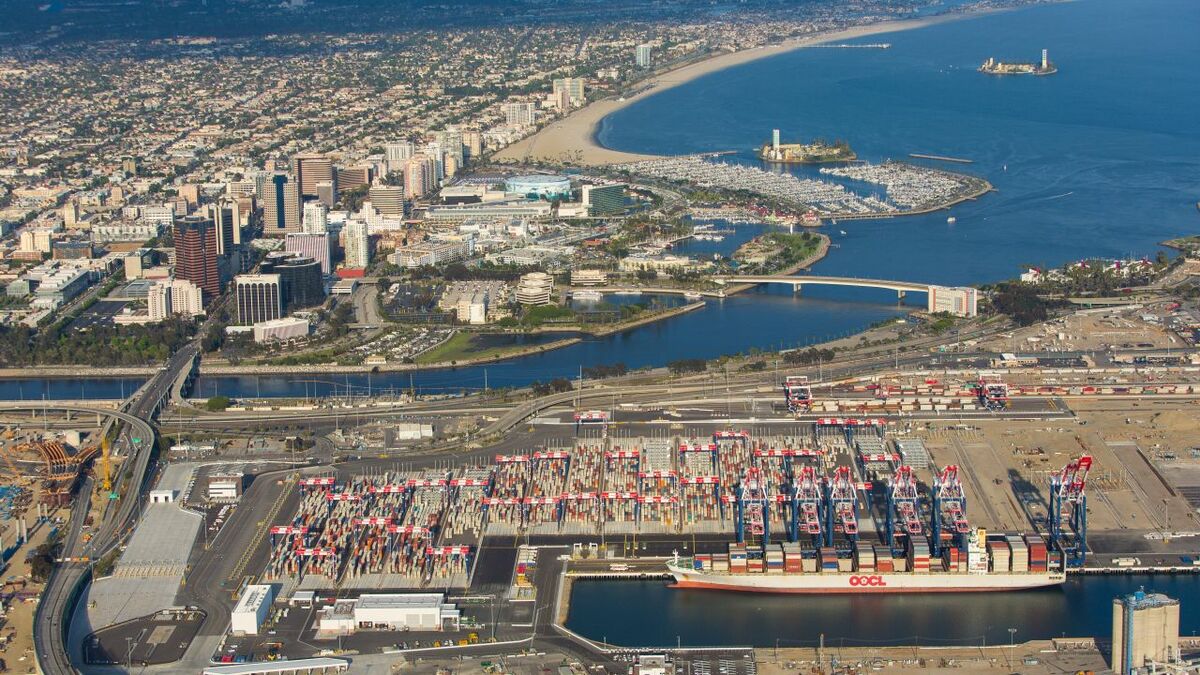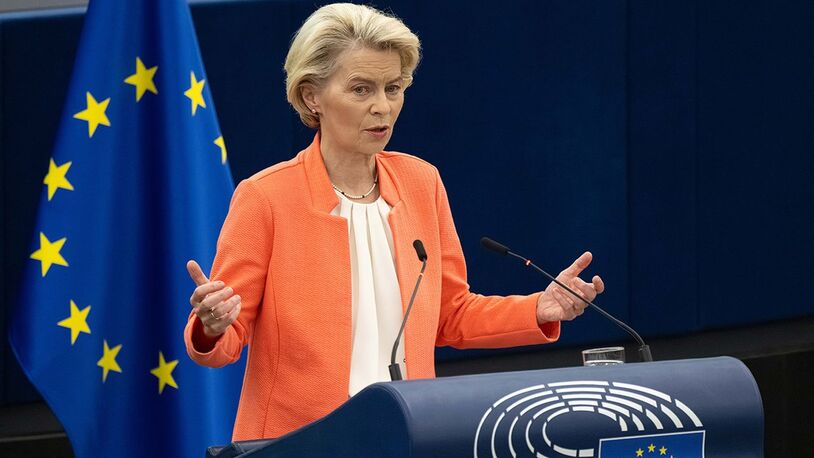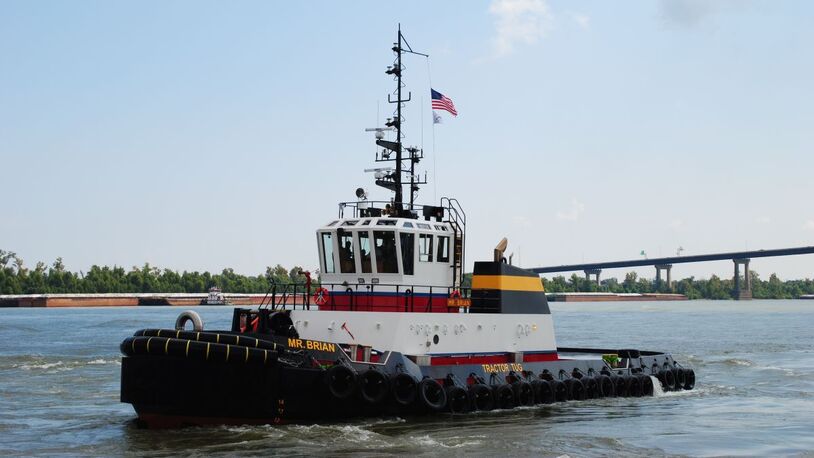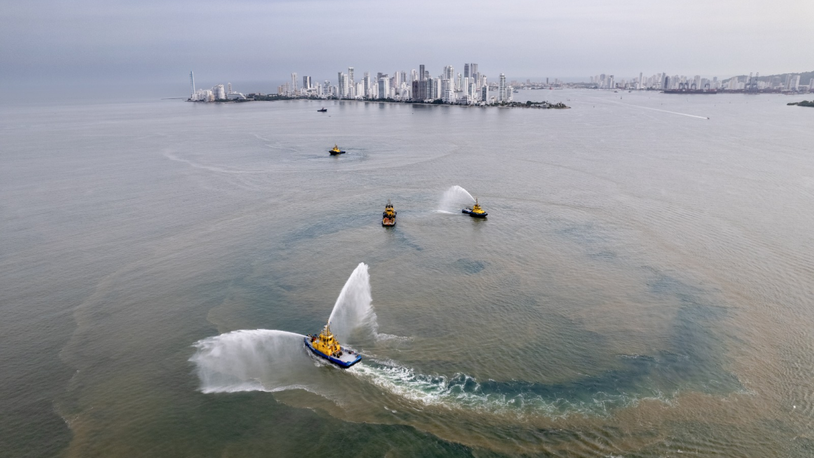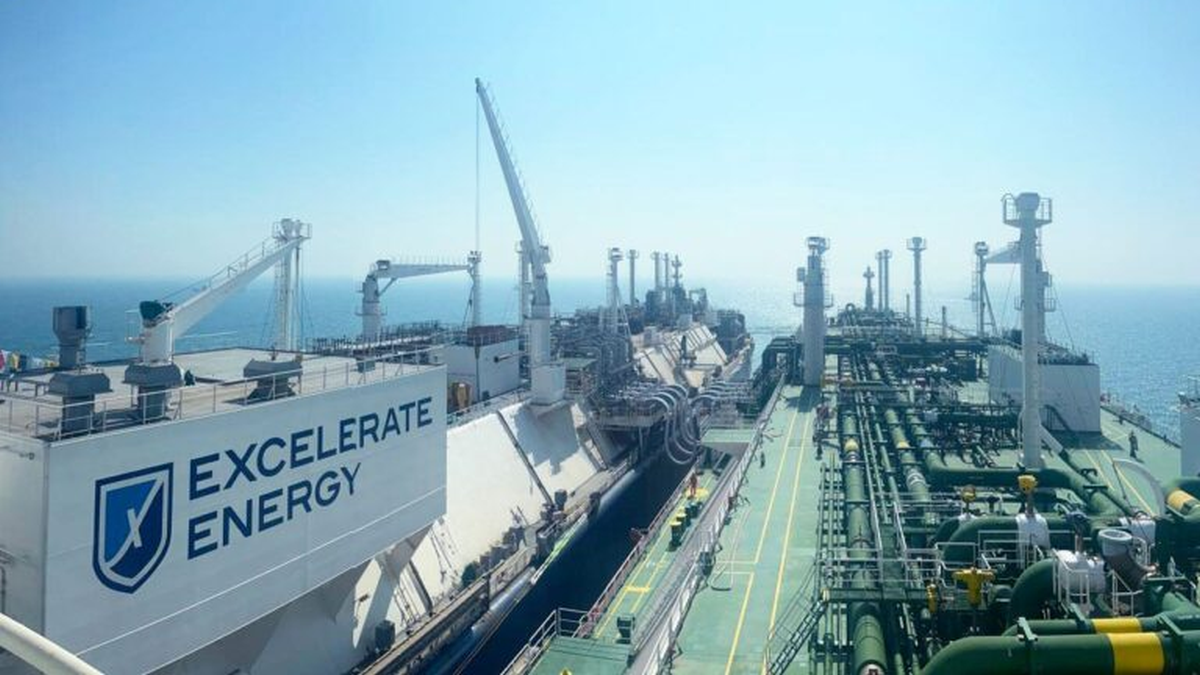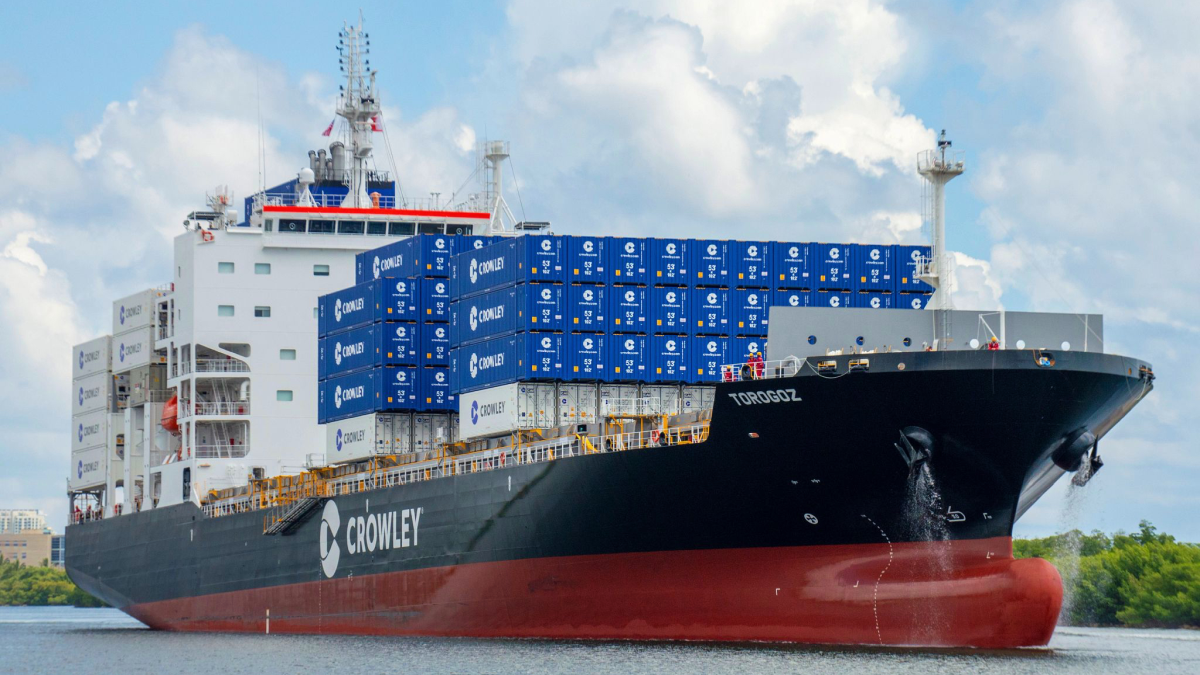Business Sectors
Events
Contents
Register to read more articles.
Still ‘significantly high congestion’ at box ports
Sustained port congestion in the US and parts of the UK continue to disrupt shipping lines – and import ports are struggling to clear containerised throughput, says VesselsValue
Drivers behind the congestion include Covid-related pent up demand pushing consumer spending, bad weather in China and Covid-related terminal lockdowns.
VesselsValue said the Californian import ports, Long Beach and Los Angeles, are among the worst affected, “with significantly high congestion showing few signs of easing in the approach to Christmas, as record high vessel counts anchor and drift off the port waiting to unload.”
According to VesselsValue, the current number of vessels waiting is around 65, which has increased compared with the number waiting a month ago.
VesselsValue data shows there are 334 container vessels waiting off ports globally, equating to a total of over 2.2M TEU.
Felixstowe is the latest port to report congestion building up, “as a severe shortage of truck drivers means containers are piling up in port storage yards, making it increasingly difficult to unload containers and reload empty containers back to Asian ports.”
VesselsValue said vessels are spending longer in port than usual to unload and depart due to a pile up of containers in port, causing disruptions to liner schedules and further reducing vessel availability. Since the beginning of the month, VesselsValue data shows that 31 vessels have moved through Felixstowe, equating to 281,408 total TEU vessel capacity.
“This is 45% less than the same period in 2020, and 51% less than the same period in 2019, suggesting the port is struggling with turnaround times,” commented VesselsValue.
The blog summed up, “The disruptions being seen could mean retailers struggle to fill their shelves this Christmas, without a steady flow of containers moving through this major port and enough trucks to redistribute the manufactured goods.”
Related to this Story
Events
Offshore Support Journal Conference, Americas 2025
LNG Shipping & Terminals Conference 2025
Vessel Optimisation Webinar Week
© 2024 Riviera Maritime Media Ltd.


